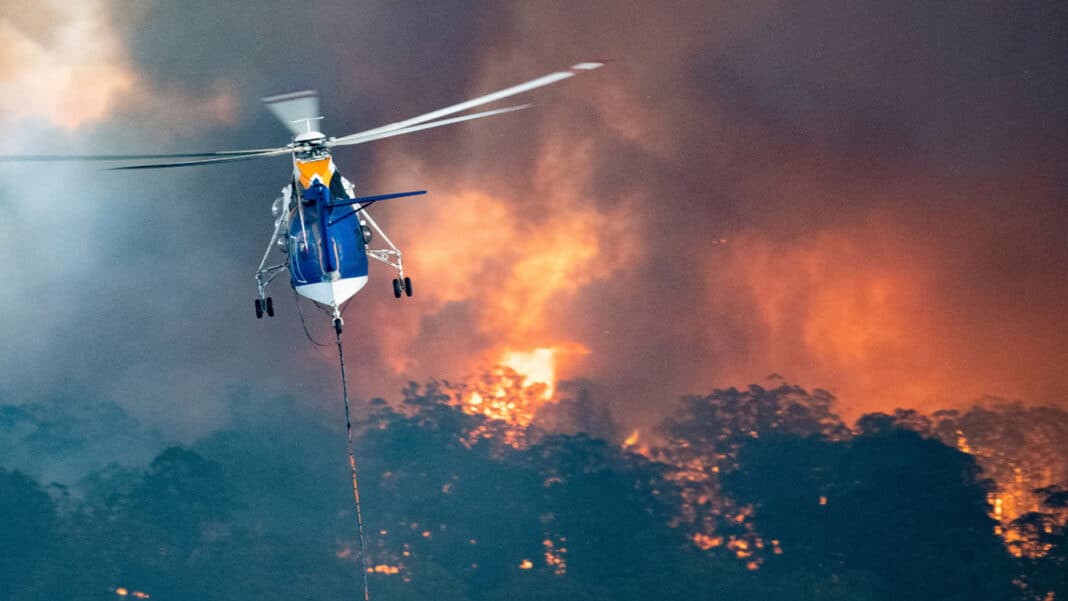Untangling the Value of a Comprehensive BAL Report for Your Property
Untangling the Value of a Comprehensive BAL Report for Your Property
Blog Article
How BAL Report Impacts Shrub Fire Defense Actions
In the realm of bush fire protection, the Structure Strike Level (BAL) record stands as a crucial tool that considerably affects the security and durability of homes in fire-prone locations - BAL Report. The influence of a BAL evaluation expands far beyond mere paperwork; it functions as the cornerstone for identifying the ideal construction requirements and fire defense measures necessary to minimize the dangers posed by bushfires. As neighborhoods face progressively severe fire seasons, comprehending exactly how the BAL report shapes these safety actions becomes critical for property owners, policymakers, and building contractors alike
Recognizing the Bushfire Assault Degree

Importance of BAL Report Evaluation

Additionally, the BAL report analysis serves as a fundamental action in conforming with lawful responsibilities and demands connected to bushfire protection. Neighborhood councils and authorities typically mandate the submission of a BAL record as part of the preparation and building authorization process to make certain that homes are adequately protected against bushfire threats. Stopping working to conduct a detailed BAL report evaluation can lead to poor protection measures, leaving residential or commercial properties susceptible to ruining bushfire incidents.
Building Criteria Based on BAL
A detailed understanding of the Bushfire Attack Level (BAL) makes it possible for homeowner to implement building standards customized to their specific threat profile. Construction criteria based upon BAL are important in mitigating the influence of bushfires on homes. The BAL score classifies the possible threat a residential or commercial property encounters throughout a bushfire on a scale from BAL-Low to BAL-FZ (Fire Zone) Each BAL level represents details building and construction requirements outlined in the Australian Conventional AS3959-2018 Construction of Buildings in Bushfire-Prone Areas. click resources Homes classified as BAL-Low may just need basic actions such as clearing particles and preserving yards, while those in greater BAL classifications require even more durable steps like ash displays, fireproof products, and secured home windows. Following these building and construction standards not just improves the architectural resilience of the residential or commercial property but also enhances the total security of locals during a bushfire event. As a result, residential property proprietors need to carefully consider their BAL score and comply with the equivalent building and construction criteria to effectively guard their homes and occupants.
Executing Fire Security Actions
With the foundation of construction criteria based on Bushfire Strike Level (BAL) in location, the focus now changes in the direction of the functional implementation of fire security steps to strengthen residential or commercial properties against bushfire hazards. Easy steps include making use of fireproof structure materials, mounting ash guards on vents, sealing spaces in roofing systems and wall surfaces, and keeping a clear room around the residential or commercial property complimentary from flammable plant life. By incorporating both passive and active approaches, residential properties can dramatically minimize their vulnerability to bushfire occurrences and enhance the security of occupants.
Shielding Homes Against Bushfires
Effectively safeguarding homes against the devastating effects of bushfires calls for a aggressive and thorough technique to fire protection actions. Property owners living in bushfire-prone areas need to focus on the implementation of different techniques to improve their building's strength against wildfires. One fundamental facet is creating a defensible space around the home by keeping a clear area devoid of combustible materials. This consists of routinely cutting plants, eliminating dead plants, and guaranteeing a safe range in between why not try here trees and structures. Mounting fireproof roofing products can also considerably reduce the threat of coal assaults and direct fire get in touch with. Furthermore, securing spaces and vents to stop cinder breach, in addition to including fire-resistant doors and home windows, can aid strengthen the home's defense against bushfires. Purchasing a trustworthy water source, such as a properly maintained sprinkler system or a dedicated water tank, is crucial for supplying water throughout fire emergency situations - BAL Report. why not try these out By accepting an aggressive position and integrating these protective steps, homeowners can dramatically raise their opportunities of securing their homes versus bushfires.
Verdict
To conclude, the Bushfire Attack Degree (BAL) report plays an important function in figuring out the needed defense steps versus bushfires. By analyzing the BAL, building and construction criteria can be tailored to mitigate the risks and make sure the security of homes in fire-prone areas. Executing fire security actions based upon the BAL report is vital in securing residential or commercial properties from possible bushfire hazards. It is important for house owners to prioritize BAL analyses and follow recommended construction standards to enhance bushfire durability.
In evaluating bushfire danger to properties, recognizing the Bushfire Attack Level (BAL) is a vital element for carrying out reliable defense steps. In general, a clear understanding of the Bushfire Strike Level is essential for applying sufficient defense measures and alleviating the influence of bushfires on homes.

Report this page